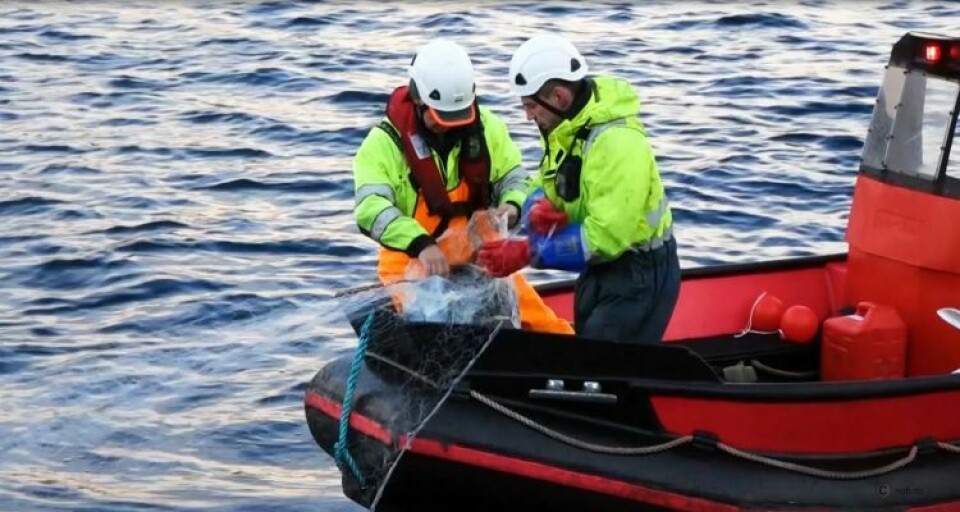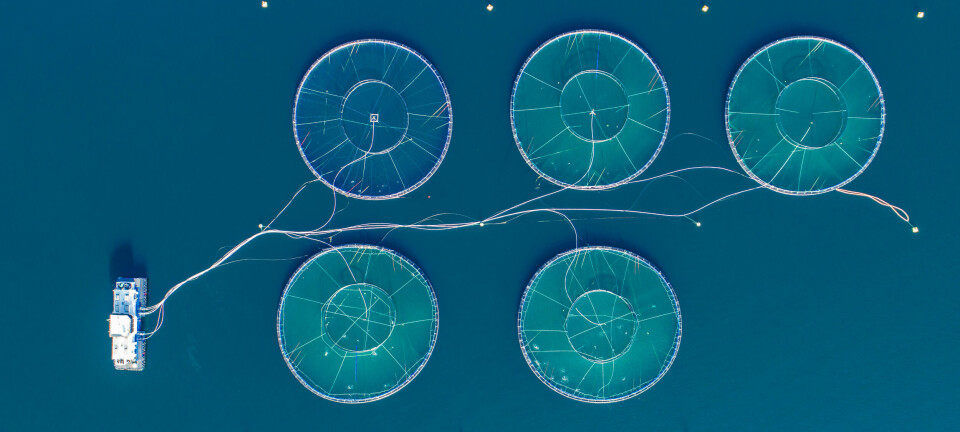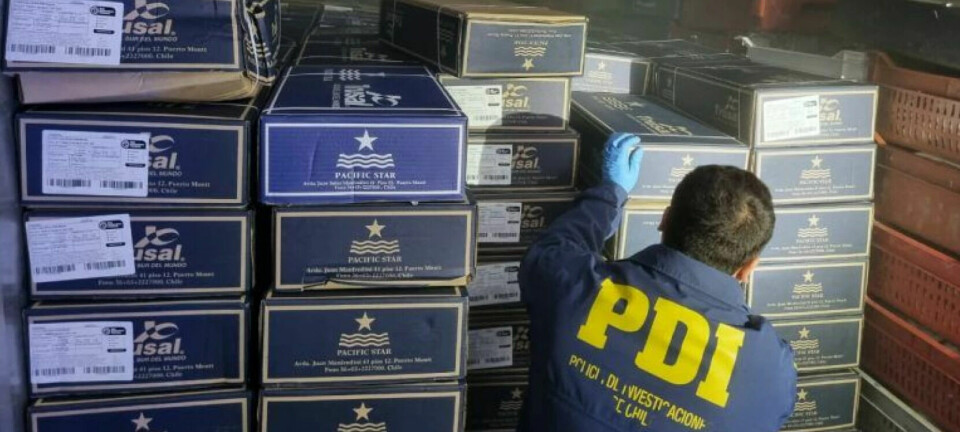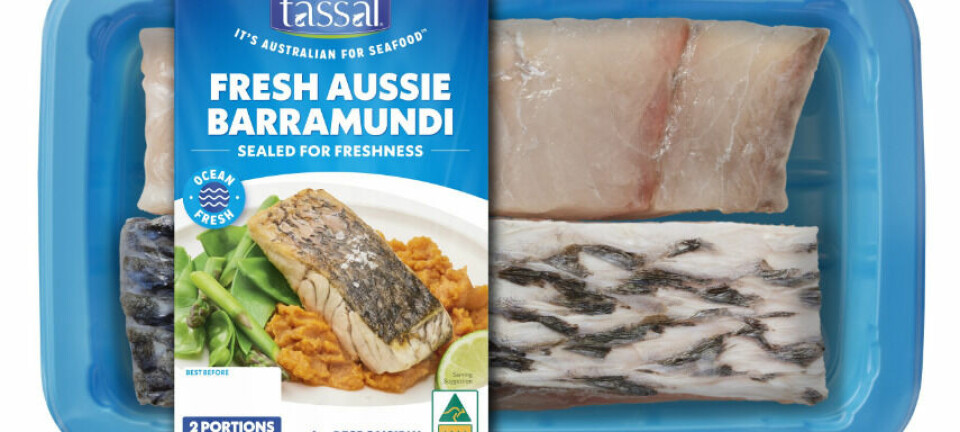
Recapture kits issued
One of Norway’s leading salmon producers, Lerøy, is issuing a special AllMaritim kit for recapturing escaped salmon at all of its marine sites.
Lerøy Group has purchased a total of 71 recapture systems, divided into three areas – 14 have been installed at Lerøy Aurora sites, 25 are due to be delivered to Lerøy Midt and a further 32 to Lerøy Sjøtroll.
Ann Heidi Leine from AllMaritim states that the system – which contains everything required for damage limitation after small escapes and can either be fitted on a rack on the side of the cage or stored in a chest in the operations room – has already been installed on all Lerøy Aurora’s sites and the others will adopt it shortly.
“It is a compact solution which includes a number of nets with mesh in several sizes – depending on the size of the fish – and these are clearly marked and easily accessible so you can get started quickly with recapture should minor escape incidents occur,” she says.
However, she emphasizes that it is designed to mitigate small escape events.
“If a site is catastrophically damaged in a hurricane, this is not something one should start with. The aquaculture industry has already well functioning emergency plans and agreements with the fishermen when major incidents occur,” she says.
Collaborative effort
AllMaritim is part of the NOFI group, whose primary focus has been on containing environmental events such as oil spills in the last 30 years. The recapture system resulted from a collaboration between NOFI and Lerøy, who see it as part of a standardised contingency plan for escape events.
“Environmental protection has always been part of the business to NOFI and escapes events fall within this category. Along with Lerøy we have put in place a system which is packed and ready when events occur,” says Leine.
She says that the firm can provide training on the system at the farm level. “We have a programme for cage-side training. In addition, we have developed a training kit that farmers can use in order to practice as well as a training film that comes with the delivery,” she explains.
Leine adds they have held talks with several producers, who have provided positive feedback on the system. “Blom Fiskeoppdrett recently bought four systems, and NOFI Tromso has delivered approximately 25 systems to other farmers in the north,” she says. Consequently, there are now nearly 100 systems installed on Norwegian farms.
“If we mitigate one escape, we have achieved what we wanted,” concludes Leine.




















































